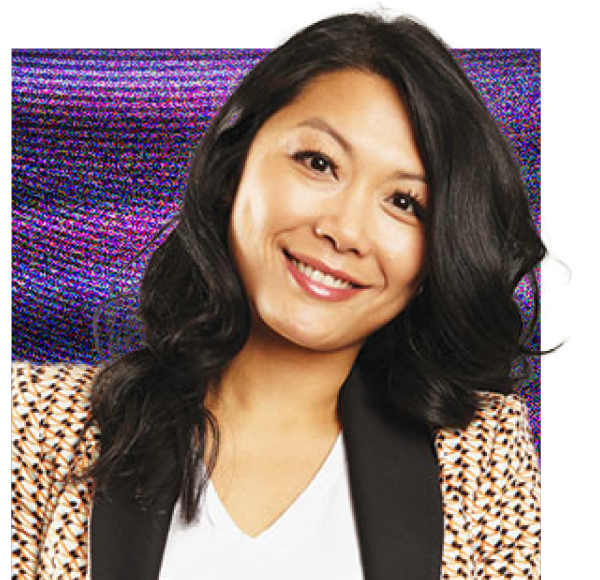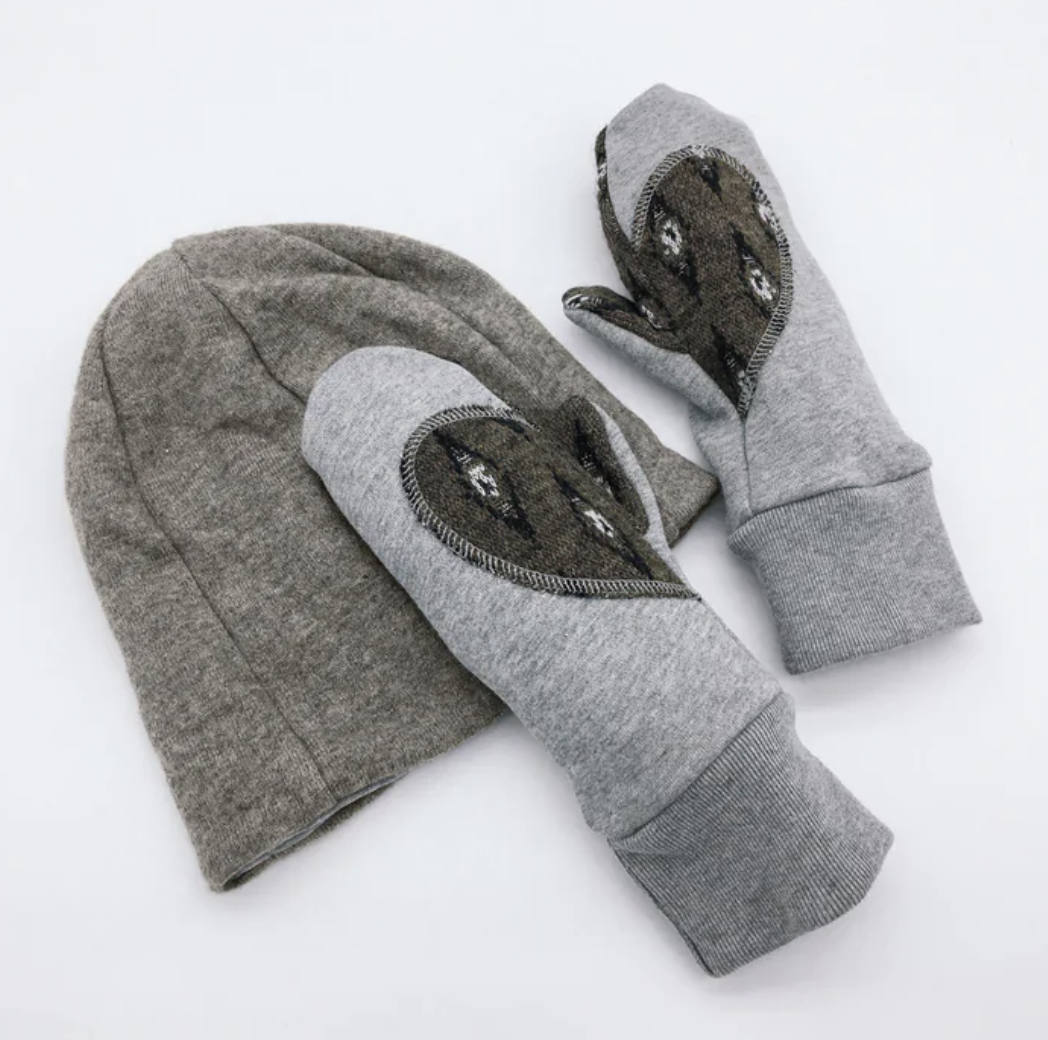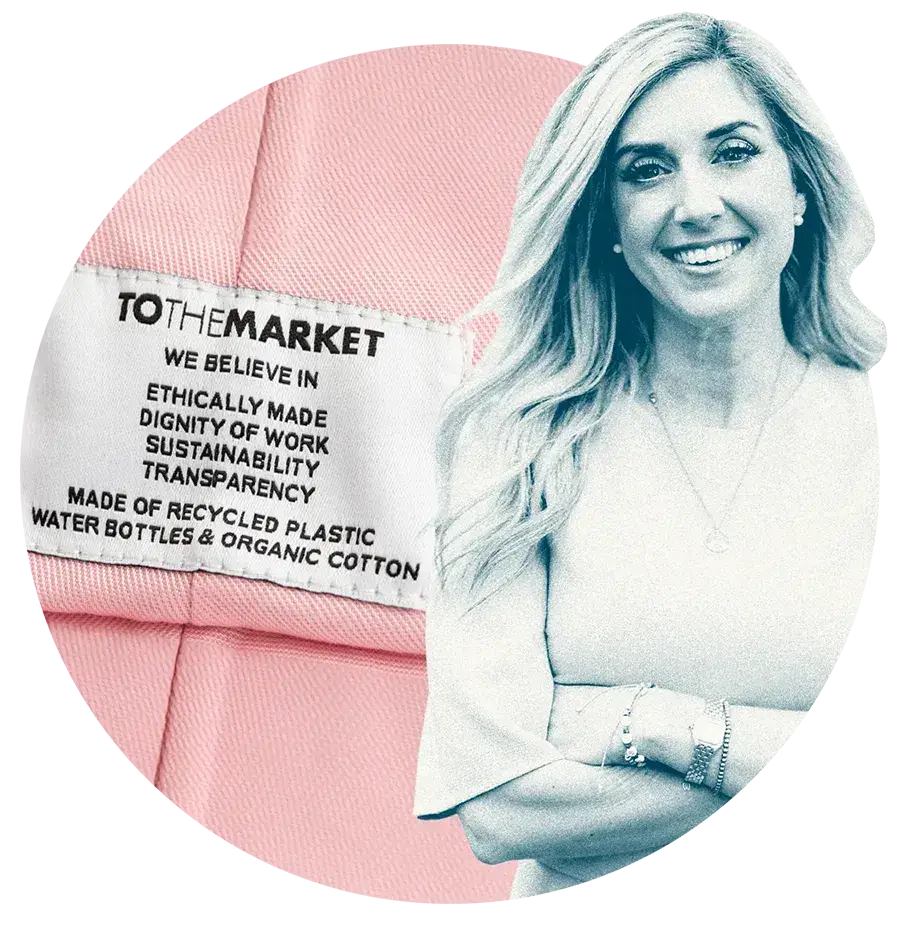
Only a few years ago, you would be hard-pressed to find many people who knew what supplier diversity was, let alone why it was essential for the branded merchandise industry to survive – and thrive – in the decades to come. Part of the seachange towards understanding the importance of supplier diversity is the Owner and Founder of Redwood Classics Apparel, Kathy Cheng.

Kathy has intentionally used her platform as a leader to promote supplier diversity in our industry and beyond. Frequently a guest speaker on podcasts and at events, Kathy generously gives her time and expertise to help further the conversation on diversity, ensuring distributors and buyers alike are aware of the benefits of using diverse-certified suppliers.
We chatted with Kathy about her mission to make supplier diversity the norm, and why we still have lots of work to do.
Why is supplier diversity so important to our industry?
Supplier diversity means agility and innovation, two key things our industry needs to survive. Diverse and marginalized suppliers provide both of those things in spades.
As an example, Redwood Classics was the first to bring upcycled products into the industry back in 2015 through our collaboration with Preloved. Knowing how much energy, water, fabric and maker creativity goes into creating high-quality garments and promotional products, a client approached us with a unique challenge – how could we save hundreds of branded umbrellas from being wasted and sent to landfill? Many companies occasionally have deadstock branded inventory that has contributed to growing landfill waste, in addition to corporate brand risk exposure. Our goal was to push the design envelope by demonstrating that deadstock branded inventory, with creativity and collaboration, could be transformed into a product that showcased the brand’s values while eliminating waste and creating jobs locally. After this project showed positive results and proved that it could be done, upcycling became increasingly popular and requested by clients throughout the industry.
This is what empowering diverse suppliers can do for the industry. It enables the innovation we need to create a more prosperous future for everyone, and it promotes inclusive procurement, an important business strategy that builds an ecosystem for a stronger, more inclusive economy.

What is your hope for the future of our industry in the coming years in terms of diversity?
I hope we don’t need to use supplier diversity programs because it will mean we are all equal. However, we are far from it in our industry right now. It is encouraging to me to see our industry recognizing the need and importance of this business strategy, however, as evidenced by the study released in 2022 by CAMSC, CGLCC, and WEConnect International. It found that 60% of participating Canadian companies believe that engaging with diverse suppliers has a positive impact, with 88% of respondents measuring their community impact through spending with diverse businesses.
That same study indicated that despite 87% of respondents believing engaging with diverse suppliers has measurable and significant impacts on their community, the data showed that only 19% of the respondent companies have a formal Supplier Diversity program in Canada. It is clear we still have work to do.
If a company is just starting their diversity journey, what are your top tips for them?
Be intentional in every aspect of your business. From an internal workforce perspective, that means that you need to look for talent outside of your usual channels and networks. From a procurement perspective, make a point to seek out diverse suppliers and include them in the bidding process. You will never know what they can do if they are not given the opportunity to shine.
The most important, though, is to lean in, listen, and learn. It really is that simple! There’s no need to overthink this, which I believe trips up many companies. Diversity isn’t a buzzword; it’s a way of living your life and running your business with intentionality. When you lean in, you can better assess and gather information. When you listen, particularly to your internal and external stakeholders, you establish what your organization would look like if DEI was fully embedded into all aspects of your business. Finally, learn from the data to track your progress by establishing KPIs that will tell you how to achieve your diversity goals. I like to think of it this way: what gets measured gets done.
You will be surprised by what happens when you simply lean in, listen, and learn.



